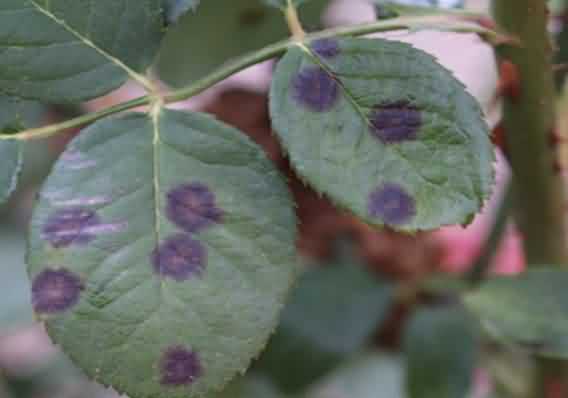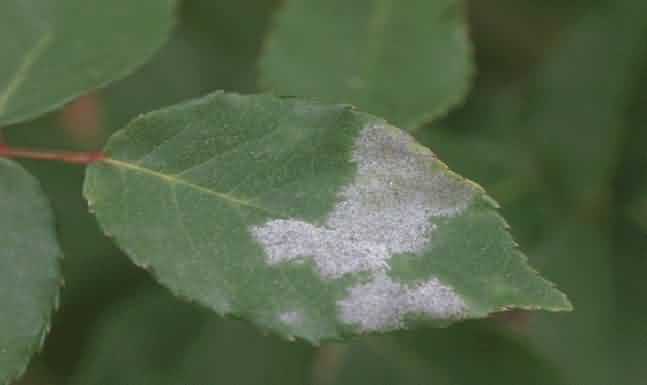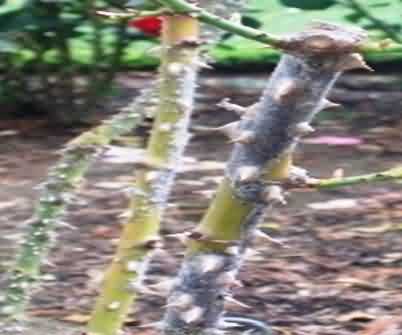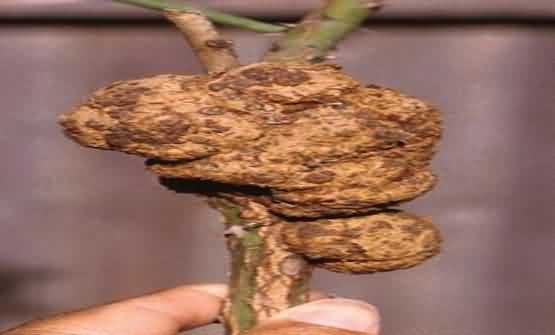गुलाब की खेती के 4 प्रमुख रोग व उनका निदान
Flowers are used for various purposes in our day to day life like worshipping, religious and social functions, wedding, interior decoration and self adornment. India rank 5th in area (1,61,000 ha), 4th in production (8,70,000 mt) and 3rd in productivity (5.4 mt/ha) and in Gujarat total loose flower production was 6% and total cut flower production was almost 12% in the year 2007-08. Ornamental flowers are also used for marketing in local, distant market and export of cut flowers, loose flowers and its products used in scent, oil and medicines. The ornamental plant industry has many unique features which make them different from other group of plants. New plant novelties are prominent in floricultural crops and breeders continuously introduce new varieties every year. The introduction of new material may bring plant pathogens, which lead to crop failure. Diseases appear to be the one of the most important limiting factors in flower production
Important Diseases of Flowering Plants
|
Crop |
Disease |
Causal organism |
|
1. Rose |
Black spot |
Diplocarpon rosae. |
|
Powdery mildew |
Sphaerotheca pannosa. |
|
|
Crown gall |
Agrobacterium tumefaciens. |
|
|
Dieback |
Botryodiplodia theobromae |
|
|
Rust |
Phragmidum mucronatum |
|
|
Alternaria leaf blight |
Alternaria alternata |
|
|
2. Chrysanthemum |
Septoria leaf spot |
Septoria Chrysanthemella. |
|
Rust |
Puccinia Chrysanthemi |
|
|
Powdery mildew |
Oidium chrysanthemi |
|
|
3. Gladiolus |
Wilt |
Fusarium oxysporum f. sp. gladioli |
|
4. Marigold |
Alternaria leaf and flower blight |
Alternaria sp. |
|
Damping off |
Rhizoctonia solani, Pythium sp. |
|
|
Powdery mildew |
Leveillula taurica. |
Symptoms of Rose Diesease:
1. Black spot (Diplocarpon rosae)
- Spotting and etiolation of the leaves followed by defoliation and drastic reduction in the size and number of flowers.
- Spots occur mostly on the upper surface of the leaves, rarely on lower surface,
- Dark brown to black in colour with characteristically radiating dark purplish margin.
- Numerous, small, raised dot–like bodies representing the fruiting bodies of the fungus can be seen on spots.
- The leaf tissue around the spot or the entire leaflet turns yellow before defoliation.

2. Powdery mildew (Sphaerotheca pannosa)
- The symptoms are noticed on all the aerial part of the plant including flower buds and blooms.
- Typical white powdery patches are formed on young leaves curl exposing the lower surface on which blister-like patches are formed.
- Infected leaves are usually purplish than healthy once.
- New shoots get distorted.
- Tissue necrosis turns the spots to black colour.
- Infected buds do not open flowers.
- The plant vigor is checked

3. Dieback (Botryodiplodia theobromae)
- The disease appears in maximum severity following pruning of canes after monsoon.
- Spread faster at 30-320C, High humidity.
- Pycnidia on diseases twigs were developed in humid condition and spore from these pycnidia are considered as primary source of infection and spread.
- The main symptoms are drying start from pruned surface of cane.
- It may extend a few inches below the pruned end or may spread further if environmental conditions are favorable.
- Affected twig become black in colour.
- Brown discoloration can be observed when affected stems are split open.
- In severe cases the infection from the twigs spread to the main stem and then to the roots, occasionally killing the entire plant.
- Old plant has been observed to be more susceptible then young plants.

4. Crown Gall (Agrobacterium tumefaciens)
- Rough-surfaced tumors or galls occur at or near the soil line, at graft or bud union, or on roots and stems.
- The galls may be hard or soft and spongy.
- They can be large and usually are flesh-colored, greenish or dark.
- They vary in size from that of a pea to several inches in diameter.
- As the disease progresses plants often become stunted and weak.
- Fail to respond to fertilization.
- Exhibit yellowish foliage and may eventually die.

Management practices:
1. Cultural Management
- Purchase only healthy planting material.
- Collection and destruction of fallen leaves and infected parts.
- Prune canes in early spring.
- Prune properly to reduce risk of entry of pathogen through improper pruning cuts.
- Apply bordo pest on pruned surface of twigs.
- Avoid injury to roots and crown at planting.
- Clean pruning and other tools with 10% liquid household bleach or 70% alcohol between cuts.
- Dig up and destroy all severely infected plants.
- Always cut flowers to limit the length of stem remaining on the plants.
- Cut the infected stem at least 5 to 6 inches below the rotted area.
- Planting properly.
- Maintain plants in high vigor.
- Avoid excessive applications of nitrogen fertilizers.
2. Biological management of crown gall of rose
- Agrobacterium radiobacter strain 84 used as biocontrol agent in Australia, New Zealand, and Spain against crown gall management.
- Strain K 84 is preventive only.
- Latent infections (symptomless) and existing galls are not controlled.
- Galltrol-A. and Nogall is genetically modified strain of K 84. (Pscheidt 2010)
- Soaking germinating seedlings or rootstocks in suspension of A. radiobacter strain K-1026 are effective for management of crown gall. (Gillman 2005).
3. Chemical Management
- Chemical management of crown gall of rose
- Gallex (ready to use) painted on very young galls to reduce further development.
- Soak root system in solution of Streptomycin at 0.5 Tbps/2.5 gal water for 15 min.
Authors:
Mahaveer Singh Bochalya, Parsant Chauhan and Manoj Kumar Jat*
Department of Plant Pathology,
*Department of Entomoogy
College of Agriculture, CCS, Haryana Agricultural University, Hisar (Haryana)
